Corn on toe knuckle treatment. Effective Corn and Callus Treatment: Expert Tips for Toe Knuckle Relief
How do corns and calluses form on toe knuckles. What are the most effective treatment options for corns on toe joints. When should you seek professional medical help for persistent corns and calluses. How can proper footwear prevent corn formation on toes.
Understanding Corns and Calluses: Causes and Symptoms
Corns and calluses are thickened areas of skin that develop in response to repeated friction or pressure. While they serve as a protective mechanism, they can become painful and unsightly when left untreated. Corns often appear on the tops and sides of toes, particularly on the knuckles, while calluses typically form on the soles of the feet.
What causes corns to develop on toe knuckles? The primary culprits are ill-fitting shoes, foot deformities, and repetitive actions that create friction. High heels, tight shoes, or those with a narrow toe box are common offenders. People with hammer toes, bunions, or other foot abnormalities are more prone to developing corns due to the altered foot structure.
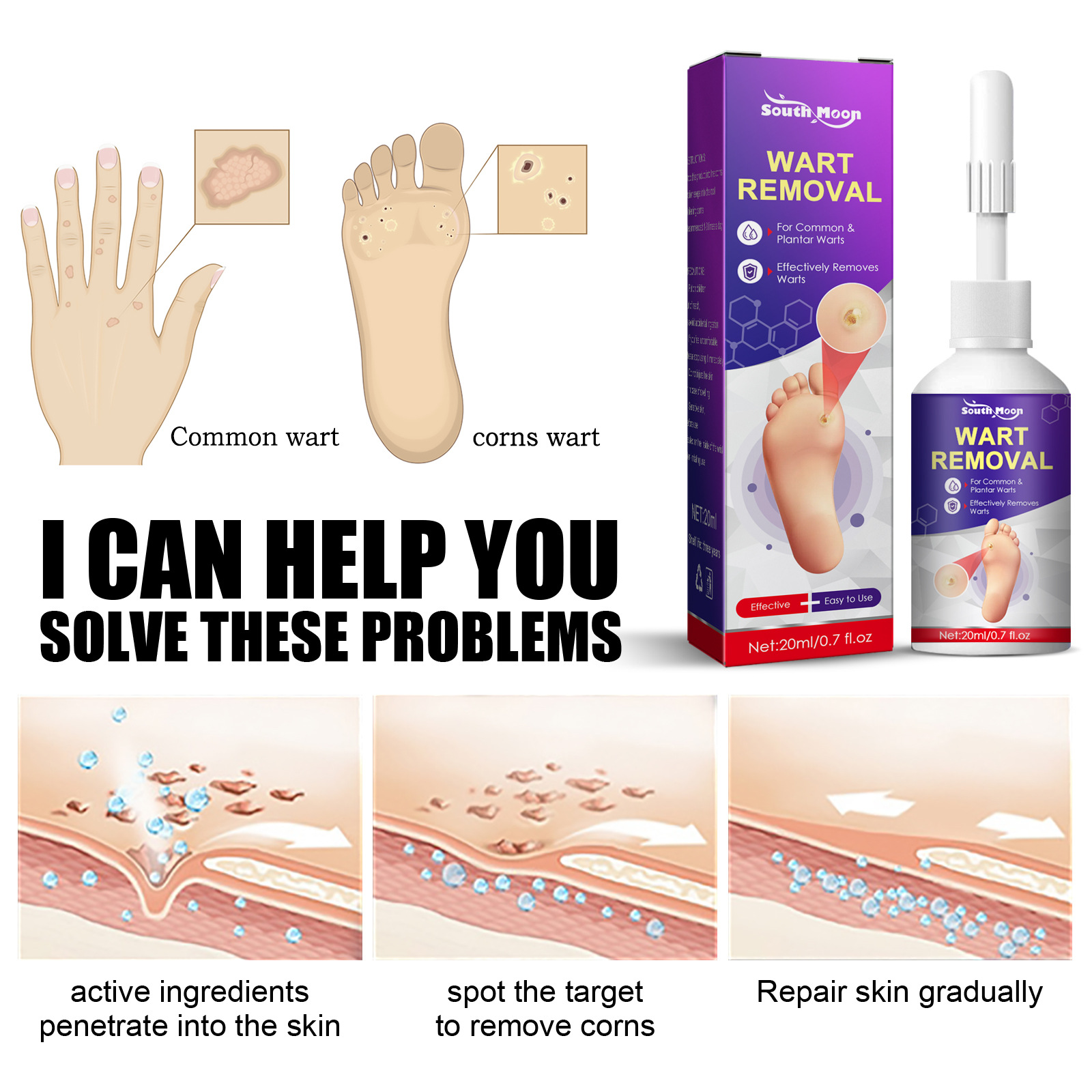
Identifying Corns vs. Calluses
How can you distinguish between corns and calluses? Here are the key differences:
- Corns: Usually smaller and more defined, often with a hard center surrounded by inflamed skin. They can be painful when pressed.
- Calluses: Larger, flatter, and less defined. They’re typically painless unless they become very thick.
Both conditions can vary in size and severity, ranging from a minor nuisance to a significant source of discomfort that affects daily activities.
Diagnosis of Corns and Calluses: When to See a Doctor
In most cases, corns and calluses can be self-diagnosed based on their appearance and location. However, professional medical evaluation becomes necessary under certain circumstances. When should you consult a healthcare provider for corns on your toe knuckles?
- If the corn is causing significant pain or interfering with your daily activities
- If you have diabetes, poor circulation, or neuropathy
- When home treatments fail to provide relief after several weeks
- If you notice signs of infection, such as redness, warmth, or discharge
During a medical examination, a podiatrist or dermatologist will assess the affected area, inquire about your symptoms and lifestyle factors, and may perform additional tests if an underlying condition is suspected.
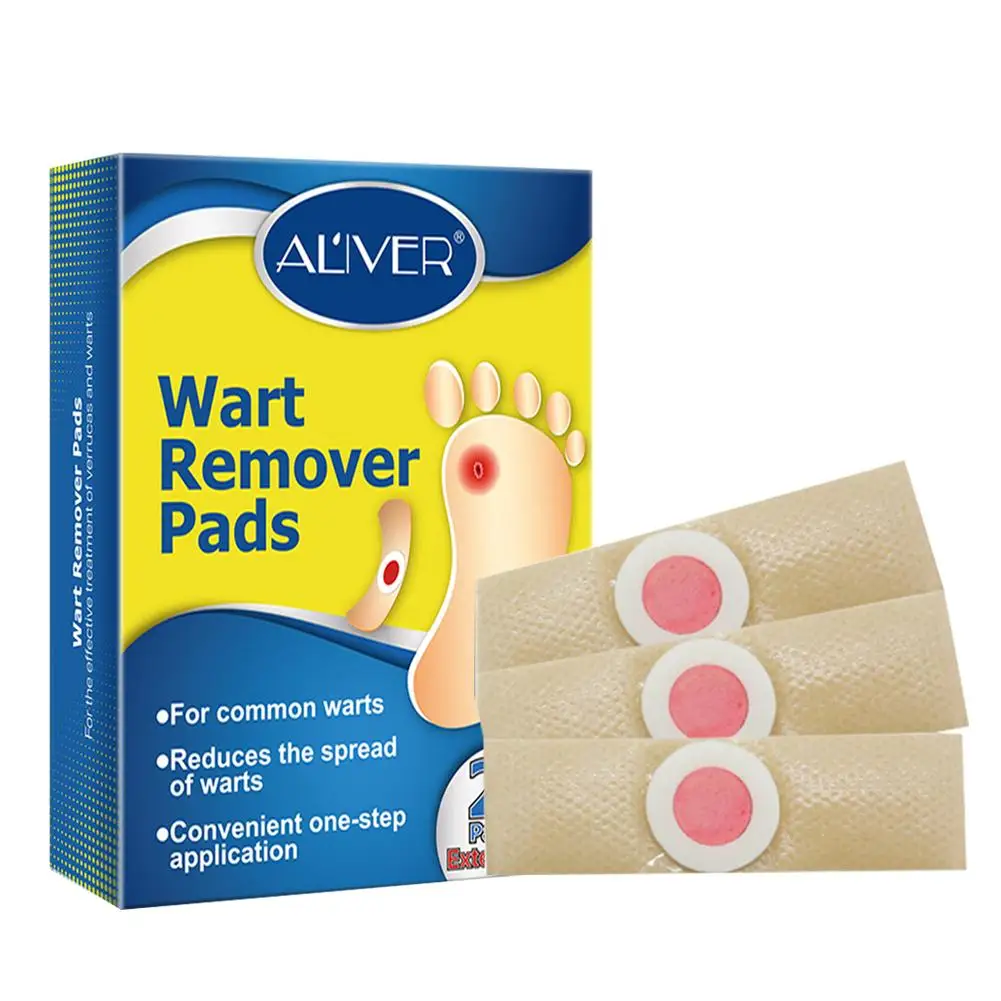
Home Remedies for Corn Treatment on Toe Knuckles
Before seeking professional treatment, there are several effective home remedies you can try to alleviate corn discomfort and promote healing. How can you treat corns on toe knuckles at home?
- Soaking: Immerse your feet in warm water for 10-15 minutes to soften the corn.
- Gentle exfoliation: After soaking, use a pumice stone or foot file to carefully remove dead skin.
- Moisturizing: Apply a thick, emollient-rich foot cream to keep the area hydrated.
- Cushioning: Use corn pads or moleskin to reduce pressure on the affected area.
- Proper footwear: Switch to shoes with a wider toe box to alleviate pressure.
It’s crucial to approach home treatment with caution, especially if you have diabetes or circulatory issues. Avoid attempting to cut or shave the corn yourself, as this can lead to infection.
Medical Treatments for Persistent Corns
When home remedies prove insufficient, medical interventions can provide more aggressive treatment for stubborn corns on toe knuckles. What professional treatments are available for corns?

- Prescription-strength salicylic acid: A stronger version of over-the-counter treatments.
- Custom orthotics: To redistribute pressure and prevent corn recurrence.
- Surgical removal: In severe cases, a doctor may surgically excise the corn.
- Cortisone injections: To reduce pain and inflammation in the affected area.
Your healthcare provider will recommend the most appropriate treatment based on the severity of your condition, overall health, and lifestyle factors.
Debridement: A Common Medical Procedure
One of the most effective in-office treatments for corns is debridement. During this procedure, a podiatrist uses sterile instruments to carefully remove the thickened skin layers. This immediate relief can be significant, but it’s often combined with other treatments to address the underlying cause and prevent recurrence.
Preventive Measures: Keeping Corns at Bay
Prevention is always preferable to treatment when it comes to corns on toe knuckles. How can you prevent corns from forming or recurring?
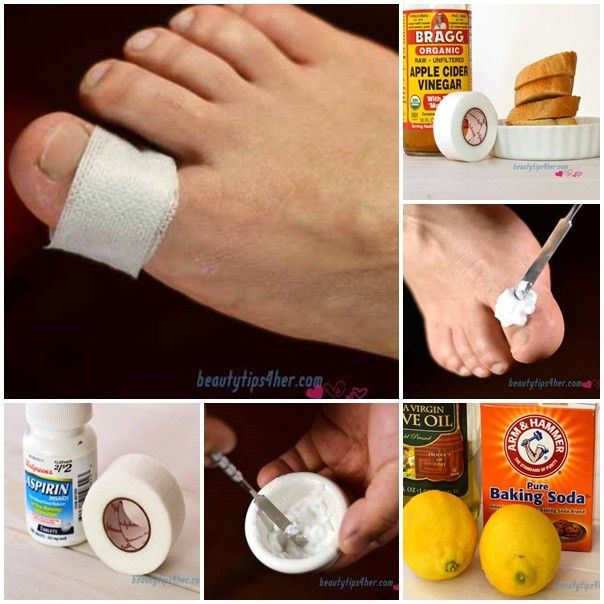
- Wear properly fitting shoes with adequate toe room
- Use protective pads or insoles to reduce friction
- Keep feet clean and moisturized
- Regularly inspect your feet for signs of irritation
- Trim toenails straight across to prevent ingrown nails
- Address any underlying foot deformities with your podiatrist
By incorporating these preventive measures into your daily routine, you can significantly reduce the likelihood of developing painful corns on your toe knuckles.
The Role of Footwear in Corn Development and Treatment
Proper footwear plays a crucial role in both preventing and treating corns on toe knuckles. How does shoe choice impact corn formation? Ill-fitting shoes, particularly those that are too tight or have high heels, can increase pressure and friction on toe joints, leading to corn development.
When selecting shoes to prevent or accommodate corns, consider the following factors:
- Toe box width: Choose shoes with a wide toe box to allow toes to move freely.
- Heel height: Opt for lower heels to reduce pressure on the forefoot.
- Material: Select breathable, flexible materials that conform to your foot shape.
- Fit: Ensure there’s adequate space (about 3/8 to 1/2 inch) between your longest toe and the shoe’s end.
For those with existing corns, specialized footwear or modifications may be necessary. Shoes with extra depth or custom orthotics can help redistribute pressure and provide relief.

Understanding the Connection Between Foot Structure and Corn Formation
Certain foot structures and deformities can increase the likelihood of developing corns on toe knuckles. How do foot abnormalities contribute to corn formation? Common conditions that predispose individuals to corns include:
- Hammer toes: When toes curl downward, the knuckles are more exposed to friction.
- Bunions: These can alter foot mechanics and increase pressure on certain areas.
- Bone spurs: Extra bone growth can create points of friction within shoes.
- High arches or flat feet: Both can affect weight distribution and pressure points.
Addressing these underlying structural issues is often key to long-term corn prevention and management. In some cases, corrective surgery may be recommended to alleviate persistent problems.
The Impact of Gait on Corn Development
Your walking pattern, or gait, can also influence the development of corns on toe knuckles. Abnormal gait patterns may cause certain areas of the foot to bear more weight or experience increased friction. A professional gait analysis can identify these issues, leading to targeted interventions such as orthotics or physical therapy to correct imbalances.
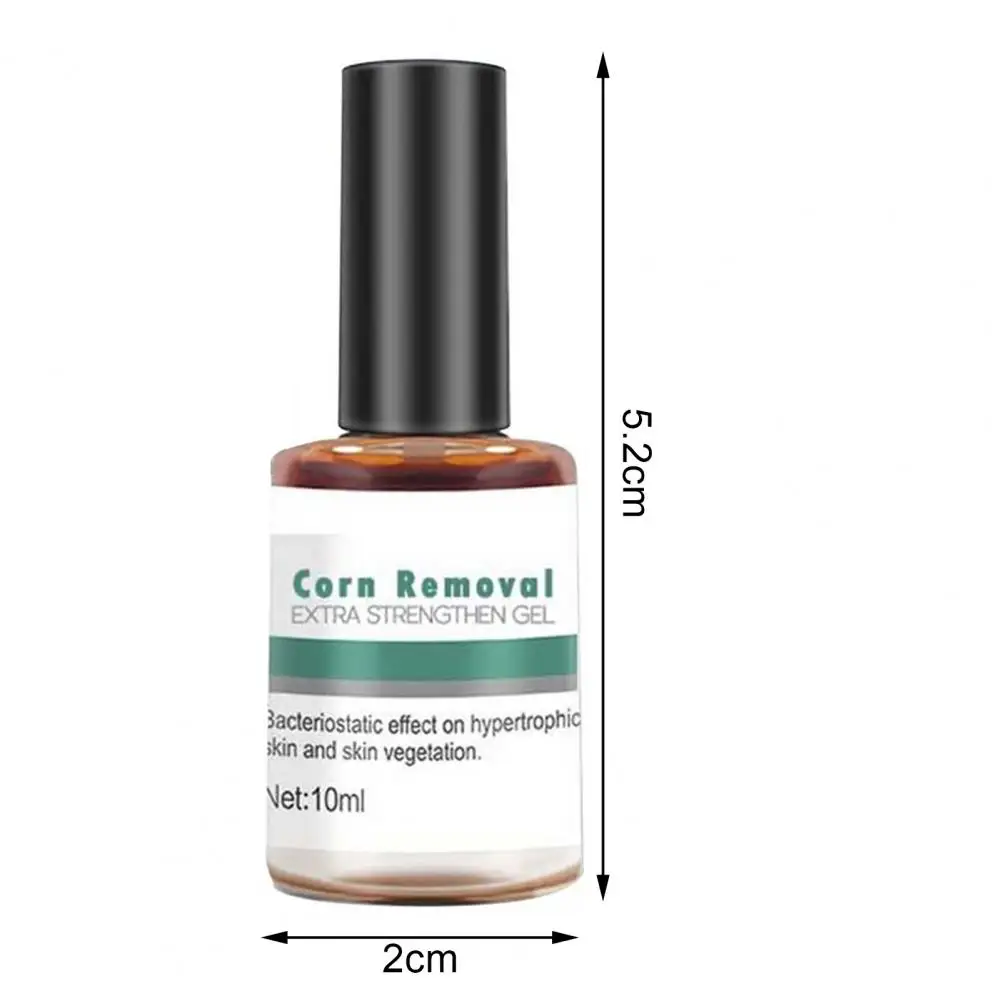
Special Considerations for Diabetic Patients with Corns
Individuals with diabetes require extra caution when dealing with corns on toe knuckles. Why is corn treatment different for diabetic patients? Diabetes can lead to reduced sensation in the feet (neuropathy) and impaired circulation, making even minor foot problems potentially serious.
If you have diabetes and develop corns, keep these guidelines in mind:
- Never attempt to remove corns yourself
- Consult your healthcare provider for safe treatment options
- Inspect your feet daily for any changes or signs of irritation
- Maintain strict glycemic control to support overall foot health
- Wear diabetic-friendly shoes and socks to reduce pressure points
Regular podiatric check-ups are essential for diabetic patients to monitor foot health and address issues like corns before they become complicated.
Alternative and Complementary Approaches to Corn Management
While traditional medical treatments are effective, some individuals seek alternative or complementary approaches to managing corns on toe knuckles. What natural remedies can help with corn treatment?

- Tea tree oil: Known for its antifungal and antiseptic properties
- Castor oil: May help soften the corn and surrounding skin
- Epsom salt soaks: Can reduce inflammation and soften hardened skin
- Vitamin E oil: Promotes skin healing and moisturization
- Aloe vera: Offers soothing and anti-inflammatory benefits
While these natural remedies may provide some relief, it’s important to use them cautiously and in conjunction with professional medical advice, especially for persistent or severe corns.
The Role of Nutrition in Skin Health
A balanced diet rich in vitamins and minerals can contribute to overall skin health, potentially impacting how your body responds to and heals from corns. Nutrients particularly beneficial for skin include:
- Vitamin C: Supports collagen production
- Vitamin E: Acts as an antioxidant and moisturizer
- Omega-3 fatty acids: Help maintain skin elasticity
- Zinc: Aids in skin repair and regeneration
While nutrition alone won’t cure corns, a healthy diet can support your body’s natural healing processes and overall foot health.

Long-term Management and Lifestyle Adjustments for Corn Prevention
Managing corns on toe knuckles often requires ongoing attention and lifestyle adjustments. How can you incorporate corn prevention into your daily routine? Consider these long-term strategies:
- Establish a regular foot care routine, including daily inspection and moisturizing
- Rotate your shoes to vary pressure points and allow shoes to dry between wears
- Invest in high-quality, properly fitted socks to reduce friction
- Practice foot exercises to maintain flexibility and strength
- Consider professional pedicures, but ensure tools are properly sterilized
- Stay active to promote overall foot health, but choose low-impact activities if corns are a recurring issue
By integrating these practices into your lifestyle, you can significantly reduce the likelihood of developing painful corns on your toe knuckles and maintain overall foot health.
The Importance of Regular Podiatric Check-ups
Even with diligent home care, regular visits to a podiatrist can play a crucial role in preventing and managing corns. These professionals can identify potential issues early, provide expert treatment, and offer personalized advice on foot care and shoe selection. For individuals with chronic foot problems or medical conditions affecting the feet, these check-ups are especially important.

Remember, while corns on toe knuckles can be uncomfortable and unsightly, they are generally treatable with the right approach. By combining proper foot care, appropriate footwear, and professional guidance when needed, you can keep your feet healthy and corn-free. If you experience persistent issues or have concerns about corns on your toe knuckles, don’t hesitate to consult with a healthcare provider for personalized advice and treatment options.
How to treat corns and calluses
Diseases & conditions
-
Coronavirus Resource Center
-
Acne
-
Eczema
-
Hair loss
-
Psoriasis
-
Rosacea
-
Skin cancer
-
A to Z diseases
-
A to Z videos
- DIY acne treatment
- How dermatologists treat
- Skin care: Acne-prone skin
- Causes
- Is it really acne?
- Types & treatments
- Childhood eczema
- Adult eczema
- Insider secrets
- Types of hair loss
- Treatment for hair loss
- Causes of hair loss
- Hair care matters
- Insider secrets
- What is psoriasis
- Diagnosis & treatment
- Skin, hair & nail care
- Triggers
- Insider secrets
- What is rosacea
- Treatment
- Skin care & triggers
- Insider secrets
- Types and treatment
- Find skin cancer
- Prevent skin cancer
- Raise awareness
- Español
Featured
Reduce summertime rosacea flare-ups
The sun, heat, and humidity can all trigger rosacea and lead to flare-ups. Find out how you can enjoy summer while reducing flare-ups.
Find out how you can enjoy summer while reducing flare-ups.
JAK inhibitors: A newer type of medication
JAK inhibitors are helping patients with alopecia areata, eczema/atopic dermatitis, psoriasis, and vitiligo. Here’s what you need to know.
Everyday care
-
Skin care basics
-
Skin care secrets
-
Injured skin
-
Itchy skin
-
Sun protection
-
Hair & scalp care
-
Nail care secrets
- Basic skin care
- Dry, oily skin
- Hair removal
- Tattoos and piercings
- Anti-aging skin care
- For your face
- For your skin routine
- Preventing skin problems
- Bites & stings
- Burns, cuts, & other wounds
- Itch relief
- Poison ivy, oak & sumac
- Rashes
- Shade, clothing, and sunscreen
- Sun damage and your skin
- Aprenda a proteger su piel del sol
- Your hair
- Your scalp
- Nail care basics
- Manicures & pedicures
Featured
Practice Safe Sun
Everyone’s at risk for skin cancer. These dermatologists’ tips tell you how to protect your skin.
These dermatologists’ tips tell you how to protect your skin.
Relieve uncontrollably itchy skin
Find out what may be causing the itch and what can bring relief.
Darker Skin Tones
-
Skin care secrets
-
Hair care
-
Hair loss
-
Diseases & Conditions
- Acne
- Dark spots
- Dry skin
- Light spots
- Razor bumps
- Caring for Black hair
- Scalp psoriasis
- Weaves & extensions
- Central centrifugal cicatricial alopecia
- Frontal fibrosing alopecia
- Hairstyles that pull can cause hair loss
- Acanthosis nigricans
- Acne keloidalis nuchae
- Hidradenitis suppurativa
- Keloid scars
- Lupus and your skin
- Sarcoidosis and your skin
- Skin cancer
- Vitiligo
- More diseases & conditions
Featured
Fade dark spots
Find out why dark spots appear and what can fade them.
Untreatable razor bumps or acne?
If you have what feels like razor bumps or acne on the back of your neck or scalp, you may have acne keloidalis nuchae. Find out what can help.
Cosmetic treatments
-
Your safety
-
Age spots & dark marks
-
Cellulite & fat removal
-
Hair removal
-
Scars & stretch marks
-
Wrinkles
-
Younger-looking skin
Featured
Laser hair removal
You can expect permanent results in all but one area.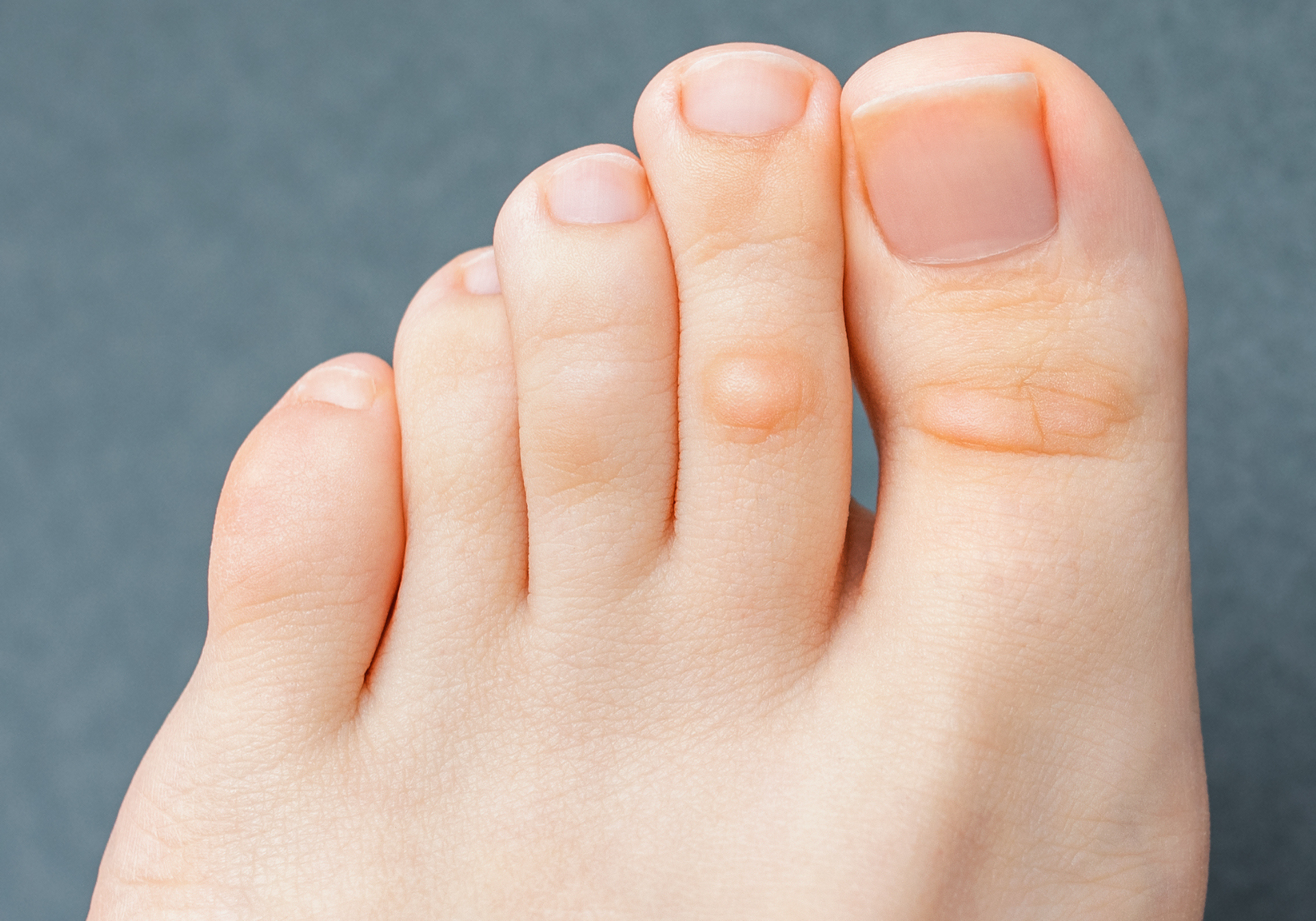 Do you know which one?
Do you know which one?
Scar treatment
If you want to diminish a noticeable scar, know these 10 things before having laser treatment.
Botox
It can smooth out deep wrinkles and lines, but the results aren’t permanent. Here’s how long botox tends to last.
Public health programs
-
Skin cancer awareness
-
Free skin cancer screenings
-
Kids’ camp
-
Good Skin Knowledge
-
Shade Structure grants
-
Skin Cancer, Take a Hike!™
-
Awareness campaigns
-
Flyers & posters
-
Get involved
- Lesson plans and activities
- Community grants
Featured
Free materials to help raise skin cancer awareness
Use these professionally produced online infographics, posters, and videos to help others find and prevent skin cancer.
Dermatologist-approved lesson plans, activities you can use
Free to everyone, these materials teach young people about common skin conditions, which can prevent misunderstanding and bullying.
Find a dermatologist
-
Find a dermatologist
-
What is a dermatologist?
-
FAAD: What it means
-
How to select a dermatologist
-
Your digital health
-
Prior authorization
-
Dermatologists team up to improve patient care
- Finding accurate health information
- Health apps
- Wearable medical devices
- Telemedicine
- Protect your information
Featured
Find a Dermatologist
You can search by location, condition, and procedure to find the dermatologist that’s right for you.
What is a dermatologist?
A dermatologist is a medical doctor who specializes in treating the skin, hair, and nails. Dermatologists care for people of all ages.
Calluses and Corns | Cedars-Sinai
ABOUT
CAUSES
DIAGNOSIS
TREATMENT
NEXT STEPS
What are calluses and corns?
Calluses and corns are thickened areas of skin caused by rubbing
(friction) or pressure. The outer layer of skin thickens to protect the bone under
the skin with extra padding. Calluses most often occur on feet and hands. Corns are
a type of small callus that occur on or between toes.
What causes calluses and corns?
Calluses and corns on the feet can be caused by friction or
pressure from:
- Shoes that don’t fit well
- Foot bones that are not in a normal position
- A lot of physical activity, such as daily running
Calluses on hands can be caused by friction from:
- Weightlifting
- Playing a musical instrument
- Using tools
- Playing tennis
- Gardening
- Farm work, carpentry, and other work with your hands
Who is at risk for calluses and corns?
You are more at risk for calluses and corns if you:
- Are very physically active
- Wear shoes that don’t fit well
- Don’t wear socks with shoes
- Have other foot problems
- Play a musical instrument
- Work with your hands
What are the symptoms of calluses and corns?
Symptoms can occur a bit differently in each person.
Calluses
Calluses are often painless, thick areas of skin that form on
the hands and feet.
- Calluses on the hand.
These often form on the palm just under the fingers and on the soft
undersides of the fingers. - Calluses on the foot.
These grow on the bottom of the foot or on the outer edge of a toe or heel.
A callus may spread across the ball of your foot. This type of callus is
often because of a problem with a metatarsal. This is the long bone at the
base of a toe, near the ball of the foot. A pinch callus may grow along the
outer edge of the heel or the big toe. Some calluses press up into the foot
instead of spreading on the outside. A callus may form a central core or
A callus may form a central core or
plug of tissue where pressure is greatest.
Corns
Corns can be painful. Corns often grow on top of the foot,
often at the toe joint. Corns can range from a slight thickening of skin to a
painful, soft or hard bump. They often form on top of buckled toe joints (hammer
toes). If your toes curl under, corns may grow on the tips of your toes. You may
also get a corn on the end of a toe if it rubs against your shoe. Corns can also
grow between toes, often between the first and second toes. Sometimes corns are
confused with warts.
The symptoms of calluses and corns can look like other health
conditions. See your healthcare provider for a diagnosis.
How are calluses and corns diagnosed?
Your healthcare provider will ask about your symptoms and health
history.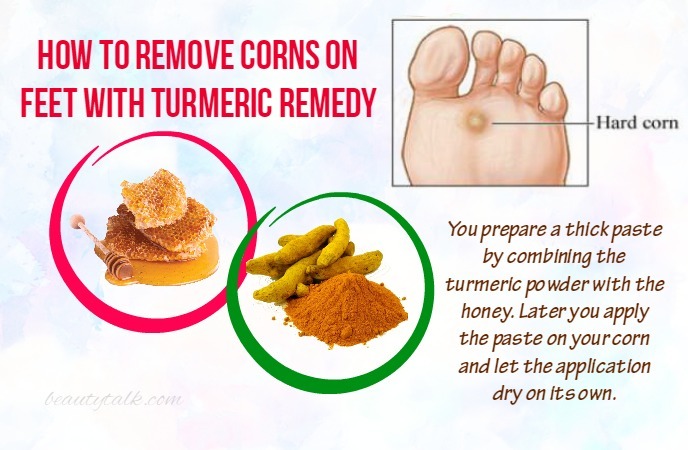 He or she will give you a physical exam. The physical exam will include
He or she will give you a physical exam. The physical exam will include
closely examining your skin where the callus or corn has formed. The provider may
also ask about your shoes and physical activity. In most cases, no lab tests are
needed.
How are calluses and corns treated?
Treatment will depend on your symptoms, your age, and your general
health. It will also depend on how severe the condition is.
Treatment for corns and calluses can include:
- Trimming the skin. Your
healthcare provider may advise using a nail file or pumice stone to reduce the
skin on a corn or callus. You may be told to do this after the skin is softened
in a bath or shower. In some cases, your healthcare provider may use a sharp
tool to trim away the outer layers of skin that make up the corn or callus.
- Salicylic acid. You may put
salicylic acid on the corn or callus to soften and remove some layers of
skin. - Urea cream. You may use this to
thin out the skin. - Padding. Moleskin patches or
soft pads can help protect the skin where corns and calluses form, and reduce
pain and rubbing. - Cortisone injection. Cortisone
medicine can be injected into a painful corn or callus to reduce pain. - Changing shoes. If you have
corns, your healthcare provider may advise wearing shoes that have more toe
room. This will help prevent your toes from rubbing against the top of the
This will help prevent your toes from rubbing against the top of the
shoe. - Wearing shoe inserts. If you
have calluses, wearing a cushioned insole, arch support, or heel counter can
help reduce friction. Orthotics are special inserts for shoes that come in
different shapes and sizes to help with foot problems. They can help cushion
calluses or move pressure away from problem areas where calluses form. Orthotics
can help limit existing problems and prevent new ones from starting. - Surgery. If a bone or joint is
out of place, certain parts of your foot may be under too much pressure. This
can cause severe corns and calluses. In such cases, surgery may be the best way
to correct the problem. In most cases, surgery to improve foot bone position is
In most cases, surgery to improve foot bone position is
an outpatient procedure. This means you go home the same day. Your doctor may
cut away extra bone, reposition larger bones, or even attach (fuse) joints
together. In some cases, tendons or ligaments are cut to reduce tension on a
bone or joint. Your healthcare provider will talk with you about the surgery
that will work best for you.
Talk with your healthcare providers about the risks, benefits, and
possible side effects of all treatments.
What are possible complications of calluses and
corns?
Severe calluses or corns may hurt, become infected, harm healthy
tissue, or affect your ability to walk. If you have diabetes, calluses and corns may
lead to more problems with your feet. Examine your feet daily to look for sores or
other signs of infection.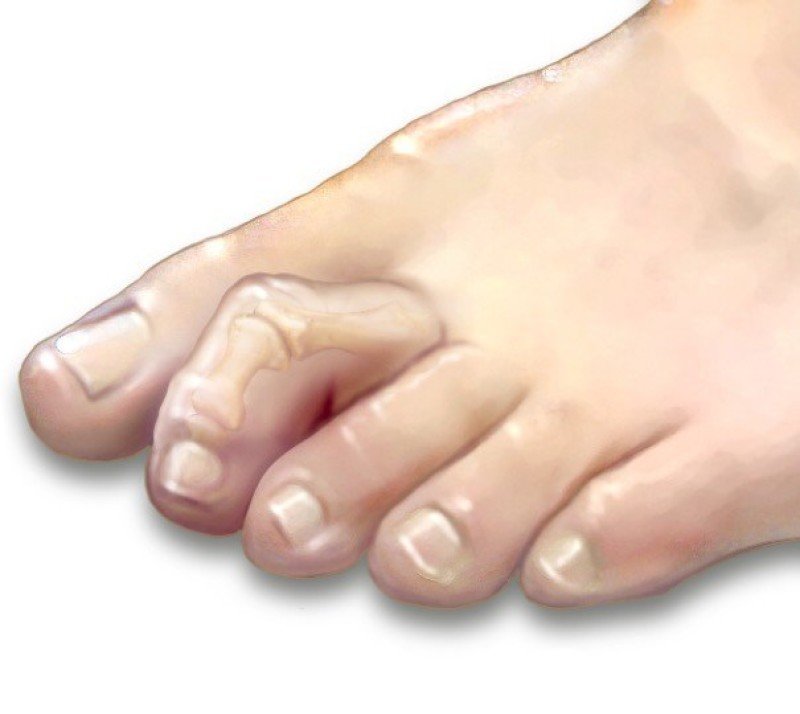
Can calluses and corns be prevented?
You can prevent calluses and corns by removing the cause of the
friction or pressure. To prevent corns and calluses on the feet, wear good-fitting
shoes.
When should I call my healthcare provider?
Call the healthcare provider if you have:
- Symptoms that don’t get better, or get worse
- New symptoms
- Sores or signs of infection on your feet, such as redness,
warmth, or fluid leaking - Pain
Key points about calluses and corns
- Calluses and corns are thickened areas of skin caused by
rubbing (friction) or pressure. The outer layer of skin thickens to protect the
bone under the skin with extra padding. - Calluses most often occur on feet and hands. Corns are a
type of small callus that occur on or between toes.
- Calluses are often painless. Corns can be painful.
- Severe calluses or corns may hurt, become infected, harm
healthy tissue, or affect your ability to walk. - Treatment for corns and calluses can include trimming the
skin, using padding, using medicines for the skin, or changing shoes. In some
cases, surgery may help.
Next steps
Tips to help you get the most from a visit to your healthcare
provider:
- Know the reason for your visit and what you want to
happen. - Before your visit, write down questions you want
answered. - Bring someone with you to help you ask questions and
remember what your provider tells you. - At the visit, write down the name of a new diagnosis and any
new medicines, treatments, or tests. Also write down any new instructions your
Also write down any new instructions your
provider gives you. - Know why a new medicine or treatment is prescribed and how
it will help you. Also know what the side effects are. - Ask if your condition can be treated in other ways.
- Know why a test or procedure is recommended and what the
results could mean. - Know what to expect if you do not take the medicine or have
the test or procedure. - If you have a follow-up appointment, write down the date,
time, and purpose for that visit. - Know how you can contact your provider if you have
questions.
folk and pharmacy remedies, advice
Have your new shoes turned your feet into chop? We tell you how to cure corns at home and again move on foot without pain and despair.
Tags:
peeling
How To
home care
Feet care
How to remove a corn
Here you will find a complete guide to getting rid of calluses. Only proven folk and medical methods!
Contents of the article
Do not self-medicate! In our articles, we collect the latest scientific data and the opinions of authoritative health experts. But remember: only a doctor can diagnose and prescribe treatment.
Corns are a common problem for many girls. Incorrectly selected shoes or long walking can lead to painful sensations and skin deformities. If the case is not too advanced, the build-up can be cured with pharmacy and improvised means, otherwise you should seek help from a specialist. Find out what to do if there are calluses from shoes and how to get rid of them quickly.
How to quickly get rid of calluses at home
Your plans can go to hell if a callus has formed on your foot, so it’s better to remember a few options on how you can quickly get rid of it at home.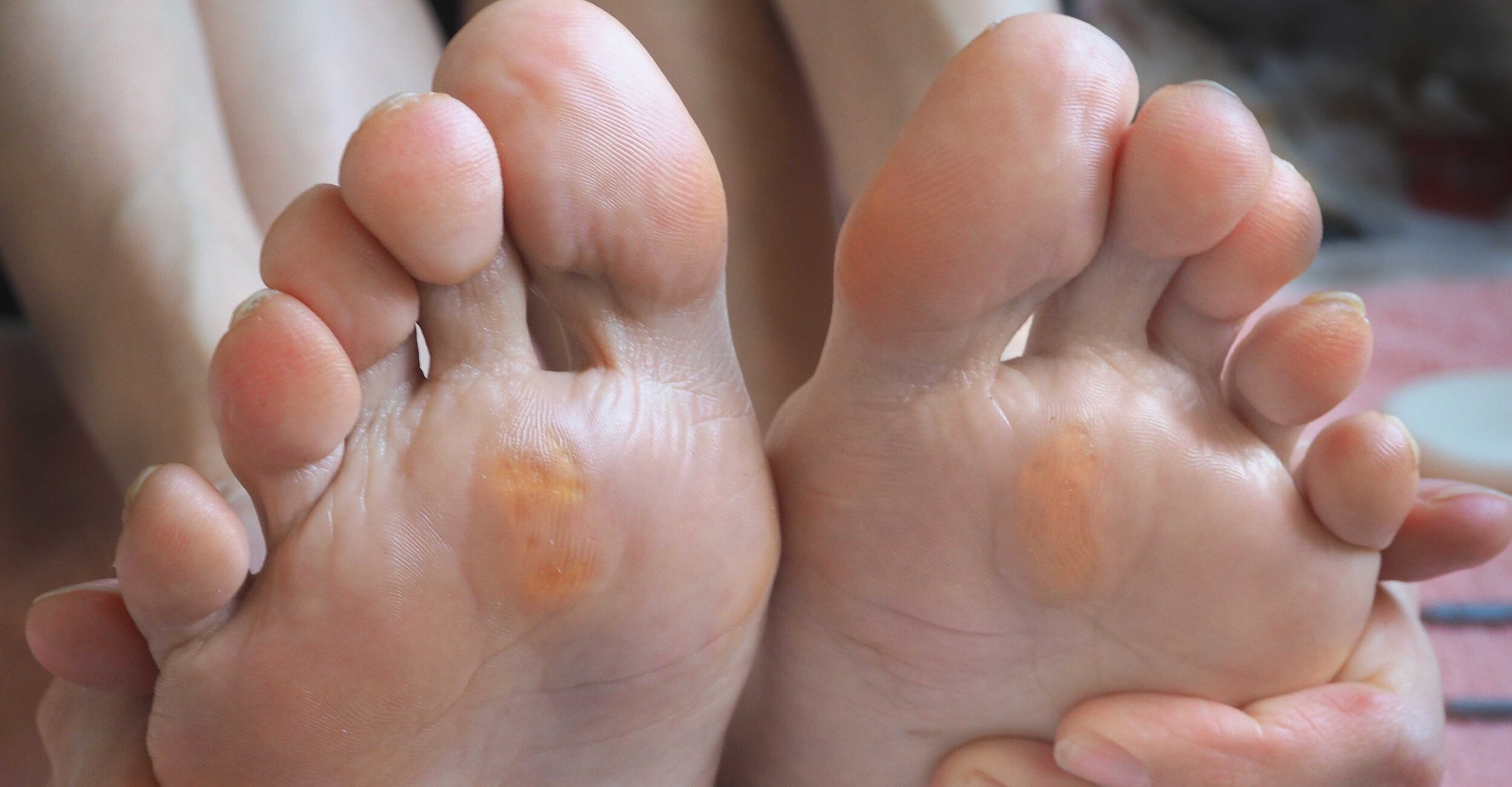
We treat water (wet) callus on the heel
Water calluses appear in the heel area or near the Achilles tendon. If the capillaries are affected, the corn will be bloody. Most often, wet callus occurs as a result of friction and wearing tight shoes.
ADVERTISING – CONTINUED BELOW
To get rid of a callus on the heel and forget about it like a nightmare, do the following:
- Wash your foot carefully so that the callus does not burst.
- Adhere a special patch for wet calluses.
- Make a pillow out of sterile gauze pads.
- Apply to the blister and fix with a normal plaster.
- Change the bandage 2 times a day in the morning and evening.
- Do not pierce the corn, otherwise there is a risk of infection.
- If the callus bursts by itself, do not touch the pieces of skin: they serve as protection.
- Wash the corn with chlorhexidine and change the gauze bandage regularly.
- In case of suppuration, seek medical attention immediately.

Knowing how to get rid of wet calluses, you can quickly get rid of painful sensations. To prevent such situations, carefully select shoes when trying them on, they should not rub or press either in length or in width.
In some cases, in order to immediately get rid of the problem, experts recommend a bladder puncture. Only this should be done with a sterile needle and clean hands, as in all cases when you need to quickly get rid of a watery callus.
Be prepared to treat the surface of the skin with an antiseptic (the same peroxide) and suffer a little pain. Next, we will tell you how to quickly get rid of water callus, only if it is not caused by a burn (they cannot be touched).
- If you do not have a sterile syringe needle, wipe a regular pin with alcohol.
- Insert the needle from the side of the bubble, not in the middle, so as not to reach the bottom.
- Do not touch the walls after making several punctures.
- Slowly apply a sterile bandage to the skin to gently squeeze out the liquid.

- Put a germicidal patch on top, change it a couple of times a day and take it off at night.
How to quickly get rid of dry corn
This formation looks like a small yellowish bump on the skin, it does not hurt much. It arises from wearing uncomfortable shoes and can develop into water callus if proper measures are not taken. Therefore, if you have a dry callus, remember how you can quickly get rid of it.
Remove dry callus:
- Dilute a bath with warm water, sea salt and baking soda before going to bed. For 3 liters of water, 1 tablespoon of salt and the same amount of soda.
- Soak your feet for 10-15 minutes, then dry them with paper towels and scrape the callus with a cotton pad or medicine stick.
- Lubricate the area of damaged skin with zinc paste and try to exfoliate the dead skin.
- If the callus is still gone, leaving a pink mark, then use a fat baby cream. After the procedure, blot excess cream with napkins and put on socks.

- If necessary, repeat the procedure after 3-4 days.
Prolonged use of various tools, ballpoint pen and other objects leads to growths on the fingers. This is unaesthetic and causes certain inconveniences. If there is a need to quickly get rid of calluses on the hands, proceed in the same way as in the case of the feet. Salt will help remove unsightly and painful lumps on the skin.
How to cure a callus
Callus most often occurs on the toes. Outwardly, it resembles a dry corn, but has a hole in the middle and affects much deeper layers of the epidermis. Occurs from wearing tight shoes.
At home, you can get rid of such a corn with a patch with salicylic acid, which is sold in a pharmacy. It is recommended to wear such a patch for 1-2 days, if necessary, reapply. No matter how much you want to quickly get rid of the callus, you should not try to open it yourself, this is fraught with complications.
How to get rid of calluses on toes
Calluses on toes are not easy to treat due to constant friction on the inner edge of the shoe. The fastest way to get rid of calluses on your toes is to walk barefoot or wear open shoes. In other cases, you will have to intervene with the use of pharmaceuticals.
The fastest way to get rid of calluses on your toes is to walk barefoot or wear open shoes. In other cases, you will have to intervene with the use of pharmaceuticals.
How to get rid of calluses on the little toe
Such lumps look like hardened blisters on the very phalanx of the toe. This is one of the most sensitive places on the foot, so try to get rid of the callus as soon as possible. After all, the little finger is in direct contact with the shoes. You can try to remove the growth in such an area using a protective pad made of gauze and cotton wool. You can try to remove the build-up in such an area using a protective pad made of gauze and cotton wool.
Let’s tell you what to do with the corn. You need to rinse your finger with warm water, wipe it with a cotton pad with chlorhexidine and lubricate the area with corn ointment, which is sold in any pharmacy. Fix a gauze and cotton pad on the surface of the damaged area using a bactericidal patch. It is important to isolate the rubbed little finger from healthy counterparts in order to ensure quick and comfortable healing.
How to get rid of dry calluses on soles
Education on the sole occurs due to tight shoes or a thin insole that does not dampen the step, as a result of which the foot hits the asphalt with special force. Callus removal occurs depending on the type (dry or water). Treat the sole with the appropriate method described earlier, wrap the bandage tightly around or secure a wide piece of bactericidal patch over the entire surface of the damaged area.
How to get rid of corns on the foot
Calluses occur due to the greatest pressure on the skin area. Most often they appear on the heels, between the toes and on the foot under the toes. The formation of corns is usually associated with flat feet and wearing shoes with high heels. If such a callus appears, it is better to know how to quickly get rid of it at home. There is little pleasure in her presence.
- Soak your feet in hot water with sea salt and remove the layer of dead skin with a washcloth and pumice stone.

- The pharmacy sells products for effective foot peeling, which are based on urea, which is necessary to soften skin deformities.
- Use special foot patches and cotton and gauze pads to relieve pressure on the affected skin area.
How to get rid of calluses on your feet
Hard straps can damage the top or side of the foot, where the skin is much softer. In the event of such a callus from shoes, you should think less about how to get rid of it quickly, and stick to a more delicate approach.
In contrast to the rough leather of the sole or toes, the upper part of the foot is much more sensitive. You need to wash your leg with warm water, clean the wound with hydrogen peroxide and lubricate with Levomekol or Rescuer ointment. Study the annotation and apply a thin layer. Cover the wound with a piece of gauze on top and secure it with a thin layer of bandage or a strip of bactericidal plaster. Change the bandage 2 times a day until complete healing.
How to get rid of calluses and corns with compresses
One of the methods of how to get rid of calluses from shoes can be recipes for different fillings for compresses, which quickly heal rough areas.
Aloe
Take 1 leaf of aloe, cut it lengthwise and bandage or tape firmly to the rubbed area on the foot. Leave overnight, remove in the morning. Remove the softened callus and lubricate the feet with cream. If necessary, repeat the procedure for several days until a successful result is obtained.
Potato
To get rid of dry corns on the toe, heel or ball of the foot, prepare a potato paste. Grate the vegetable, apply the product on the corn, bandage it and put on your socks. Hold the compress for a couple of hours or make it at night. Potatoes will relieve pain and soften rough skin, and you can remove the corn with a pumice stone. After that, grease your feet with a fat cream.
Pine Resin
To get rid of rough dry calluses on the foot after a bath, apply pine resin to damaged skin, bandage it, put on socks and leave it overnight.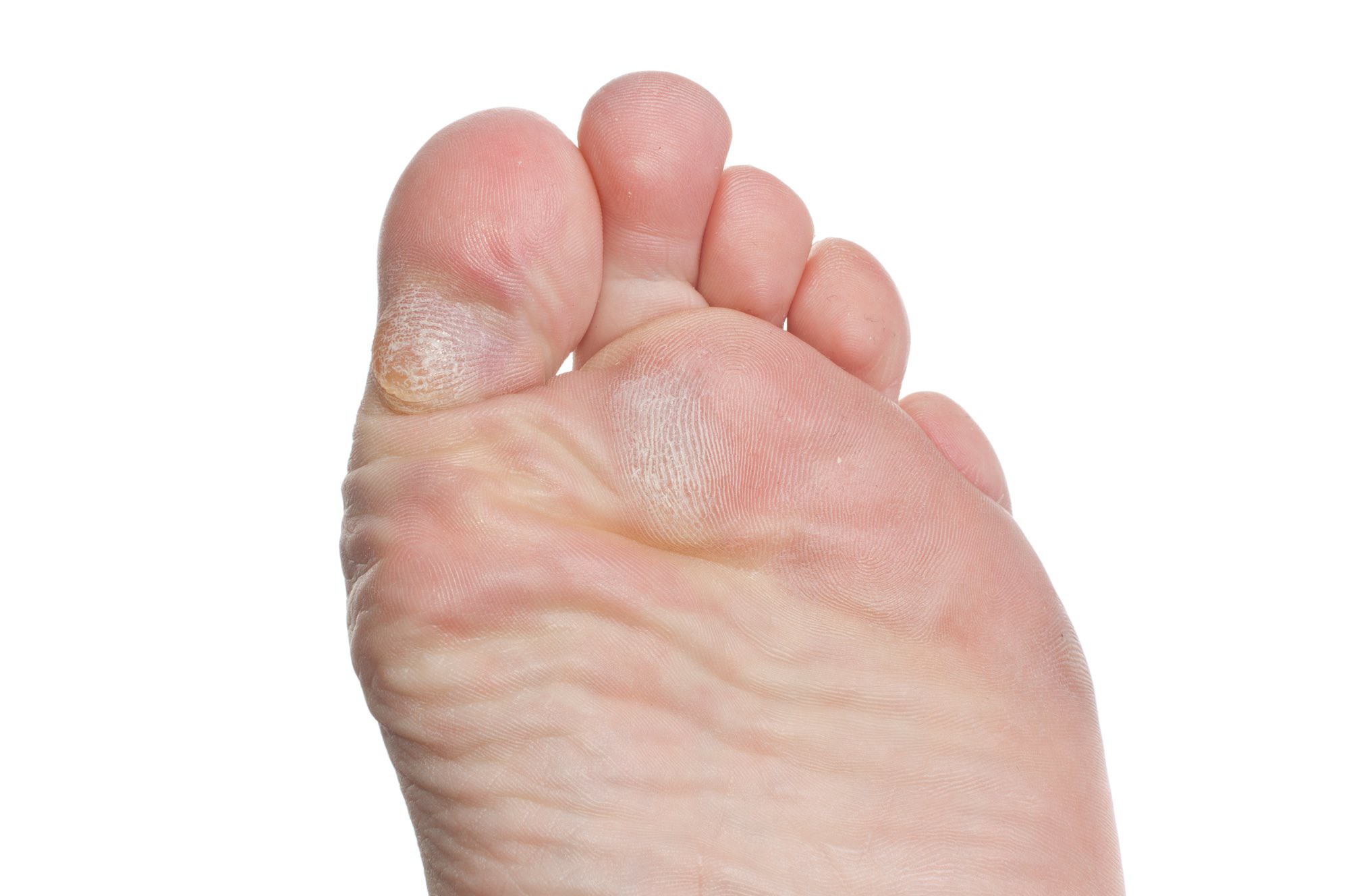 Wash your feet in the morning with soapy water. Repeat the procedure for several days until the corn disappears.
Wash your feet in the morning with soapy water. Repeat the procedure for several days until the corn disappears.
Propolis
Spread out your legs and glue propolis to the callus with a plaster. It is best to keep such a bandage for up to 3 days, and then remove the callus and lubricate the feet with cream. Or you can cut off the corns a little every day and apply propolis again.
Garlic
Rub the corn with garlic juice five times a day or make a compress of garlic gruel for the whole day. Usually one or two days of such procedures are enough to get rid of calluses on the sole.
Tomatoes
Slice the tomato, reduce it slightly and purée. Apply the composition to the skin, bandage and leave for 2 hours. You can repeat up to two or three times a day, depending on the roughness of the corn.
Vinegar
Soak a piece of breadcrumbs with table vinegar, mash into a paste and apply to calluses. Fix the compress with a band-aid and leave overnight. As a rule, the next morning, dead skin comes off.
Fix the compress with a band-aid and leave overnight. As a rule, the next morning, dead skin comes off.
Bow
Place the onion peel in a jar and add 5 tablespoons of vinegar. Insist for two weeks, then squeeze out the husk and apply to the corn. Bandage, leave overnight, then steam out the feet and remove the corns.
Fig
This fruit softens calluses due to fruit acids. Steam your feet, wipe dry and apply cut figs, secure with a bandage, leave overnight. Repeat until you can remove the corn.
Vegetable oil
Brush the corn with oil and wrap with cling film. Put on socks and leave it overnight, remove the callus in the morning.
Lemon
Take a lemon peel with a little pulp and attach it to the callus for a while, then remove the corns with a pumice stone or a foot grater.
Prunes
Boil pitted prunes in milk and apply to the problem area, leave for a couple of hours or leave overnight. Scrape off the corn.
Scrape off the corn.
Eggshell
Peel the boiled egg, remove the white film from the shell and apply it to the callus. When the film dries, the corn can be removed.
Alcohol
Soak a piece of cotton wool with salicylic, formic or ordinary alcohol, you can also take vodka or other strong alcohol. Put a lotion on the corn, wrap it with cling film and put on socks, leave it overnight.
How to get rid of calluses from shoes with the help of baths
Steaming makes it possible to carry out any manipulations with the skin less painfully than dry friction. Baths help both to quickly get rid of calluses on the foot, and from unpleasant odors and improve the condition of the epidermis.
Tray with potassium permanganate
Add a little potassium permanganate to warm water until it turns pink, and add a handful of soda. Steam your feet in this solution for 15-30 minutes and scrape off the corns with a pumice stone or a foot brush.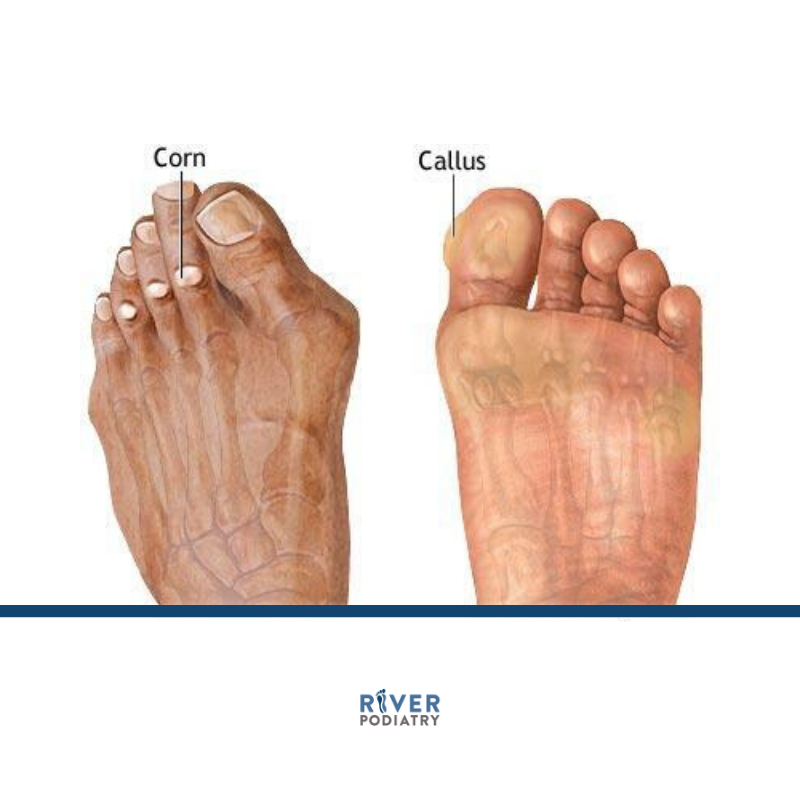 So the method helps to quickly get rid of fresh corns, as soon as you feel the first discomfort.
So the method helps to quickly get rid of fresh corns, as soon as you feel the first discomfort.
Pine bath
Pine needles are known for their healing properties, so they will be very effective for painful calluses and corns. Here are some recipes for a coniferous foot bath:
- If you have the opportunity to collect fresh needles and bark of spruce trees, make a decoction of them. For this, pour 250 g of the product with two liters of water and cook for 30 minutes. When the decoction has cooled to a comfortable temperature, dip your feet into it for 20 minutes.
- Fill a bucket or basin with high sides with water at a temperature of about 36-38 degrees, add 50-100 ml of liquid pine extract, dip your feet into a bath and hold for 20-30 minutes.
- Instead of the liquid extract, the dry extract can be used in briquettes or tablets. For one bath, 1-2 tablets / 50-70 mg of solid needle extract are enough.
- Make a pine-salt bath.
 To do this, in addition to the extract, pour about 0.5-1 kg of sea or table salt into the water. Keep your feet in it for 15-20 minutes, then grease your feet with a fat cream.
To do this, in addition to the extract, pour about 0.5-1 kg of sea or table salt into the water. Keep your feet in it for 15-20 minutes, then grease your feet with a fat cream.
Soap and soda bath
There is hardly an easier way to quickly get rid of a callus on a finger or anywhere else than this. After all, it involves only two ingredients – soap and soda, diluted with water. Prepare a soapy solution with warm water, add a little soda. Soak your feet for 20 minutes, then remove the callus with a foot grater.
Tray with flax tincture
Pour 200 g of flax seeds with one liter of boiling water and let it brew. Soak your feet in this bath for 30 minutes. If necessary, repeat the treatment for several days until the corn disappears.
Boric acid bath
Pour a 2% solution of boric acid into warm water at the rate of 5 grams of acid per 1 liter of water. Soak your feet in the bath for 15-20 minutes, then rub the hardened areas with a pumice stone. Wipe your feet dry and lubricate with a nourishing cream.
Wipe your feet dry and lubricate with a nourishing cream.
How to quickly get rid of calluses on your feet using a laser
If you can’t remove dry calluses at home, some clinics offer a modern and effective way to deal with them – laser removal, which is performed under local anesthesia. This is an excellent solution to the problem of how to quickly get rid of calluses on the palm or leg.
Using an erbium or carbon dioxide laser, the specialist cauterizes the cornified formation.
The procedure takes only about 3 minutes. Only a small wound remains at the site of exposure, which is treated with an antiseptic. One laser procedure is enough to completely remove dry corn.
We also found a cool video for you showing how to get rid of calluses and corns at home
Photo: Shutterstock, Getty images
Dry calluses between the toes: dangers and treatments
Content
- 1 Dry calluses between the toes: causes and effective treatments
- mi legs: Features and causes
- 1.
 1.1 How to get rid of calluses between fingers?
1.1 How to get rid of calluses between fingers?
- 1.
- 1.2 Related videos:
- 1.3 Dry calluses: what is it?
- 1.4 Causes of calluses on the feet
- 1.5 Dangers associated with calluses between the toes
- 1.6 Treating calluses between the toes: expert advice
- 1.7 Choosing the right shoes
- 1.8 Using special creams and ointments zolov
- 1.10 Alternative treatments dry calluses between the toes
- 1.10.1 Natural oils and creams
- 1.10.2 Traditional medicine
- 1.10.3 Avoid narrow and uncomfortable shoes
- 1.11 When should I see a doctor?
- 1.12 Avoid dry corns
- 1.12.1 Choose the right shoes
- doctor in a timely manner
- 1.13 Q&A:
- 1.13.0.1 Why are dry calluses between the toes dangerous?
- 1.13.0.2 What are the treatments for dry calluses between the toes?
- 1.13.0.3 How can dry calluses between the toes be prevented?
- 1.
 13.0.4 How long does it take to treat dry calluses between the toes?
13.0.4 How long does it take to treat dry calluses between the toes? - 1.13.0.5 Can dry calluses between the toes cause serious illness?
- 1.13.0.6 What should I do if the dry callus between my toes starts to hurt?
- mi legs: Features and causes
Dry calluses between the toes can cause pain and discomfort. Find out how to get rid of them and what dangers they can pose to your skin health.
Many of us have experienced the problem of calluses between the toes. However, only a few people know that this can be not only a cosmetic defect, but also a signal of serious healthy problems in the body. Therefore, if this happens to you, it is necessary to take appropriate measures for treatment.
In this article, we will talk about the causes of dry calluses between the toes and provide effective ways to treat them. Our recommendations will help you not only get rid of a cosmetic defect, but also detect possible diseases in a timely manner so that further treatment is carried out correctly and in a timely manner.
Therefore, you should not refuse medical attention if you are faced with the appearance of dry calluses between your toes. Our article will help you understand the problem and make the right decisions for your health.
Dry calluses between the toes: Features and causes
Dry calluses on the feet, especially between the toes, are very common. Their causes can be many: from improperly selected shoes to fungal infections.
The main cause of dry calluses between the fingers is friction. Often this is caused by wearing tight shoes, uncomfortable socks, long walking, running, etc. As a result, small cracks form on the skin, which eventually turn into calluses.
Dry calluses between the toes are often associated with a fungal infection that is transmitted through contact with an infected surface (eg sex worms in public showers).
Also, this skin defect can occur due to a violation of the balance of water in the body, the transfer of infectious diseases, increased sweating.
In some cases, dry calluses between the fingers may indicate problems with the cardiovascular or other system of the body.
How to get rid of calluses between fingers?
- Avoid wearing tight and uncomfortable shoes, wear socks made from natural materials.
- Keep your feet hygienic, wash and dry them frequently, and avoid contact with dirt and dust.
- Use special mild creams or oils to moisturize the skin between the fingers.
- Seek advice from a dermatologist who will help determine the cause of calluses and prescribe appropriate treatment, which includes ointments, creams, folk remedies.
Regular preventive measures, including weight control, smoking cessation, foot hygiene, will help prevent dry calluses between the toes and keep the skin healthy.
Related videos:
Bad
0%
Fair
0%
Good
100%
Dry calluses: what is it?
Dry calluses between the toes are thickenings of the skin that form due to constant pressure, friction or rubbing.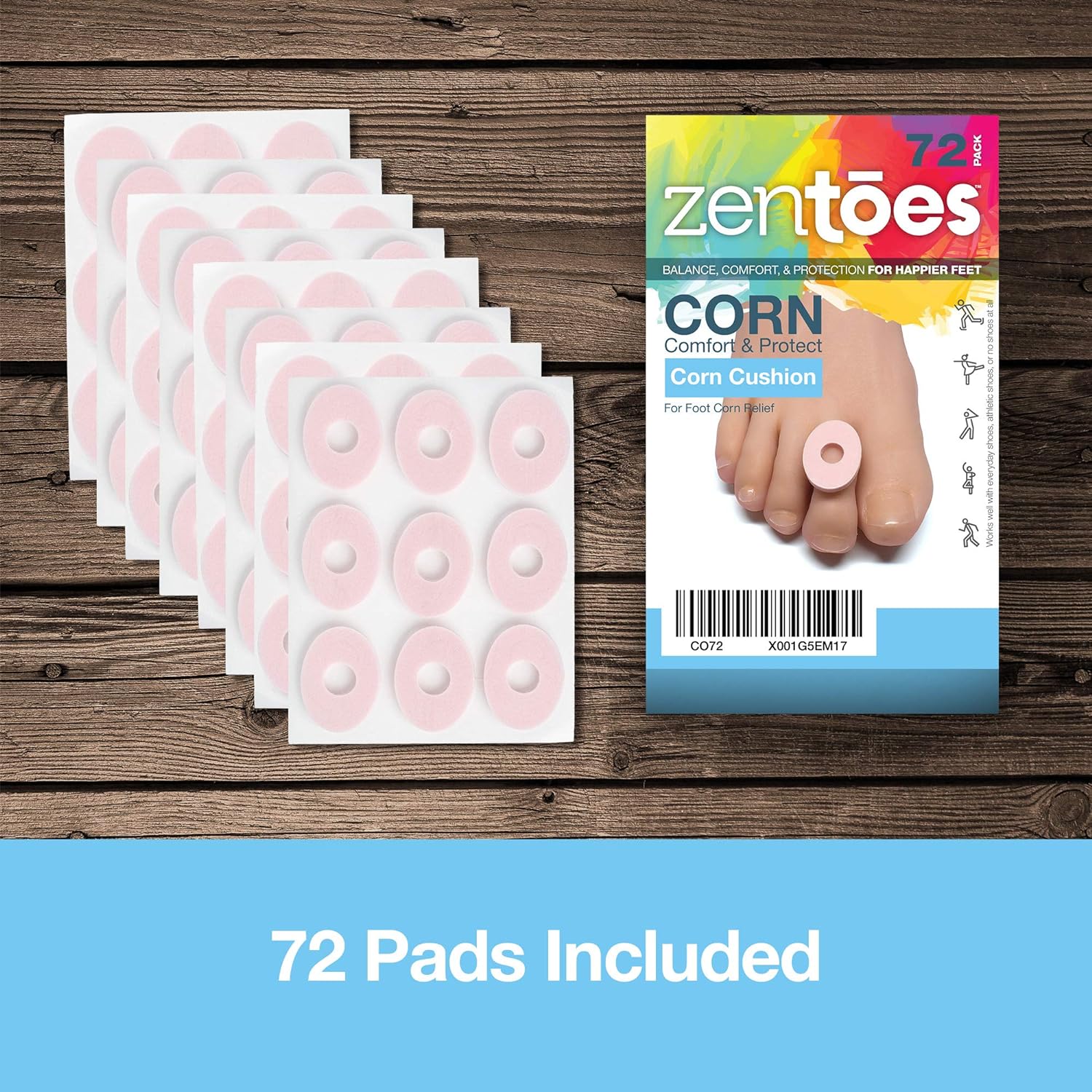 They can cause discomfort and even pain. Dry corns are not only a cosmetic problem, but sometimes a sign of diseases and disorders in the body.
They can cause discomfort and even pain. Dry corns are not only a cosmetic problem, but sometimes a sign of diseases and disorders in the body.
Dry calluses may result from:
- wearing tight or uncomfortable shoes;
- long walking or standing in one place;
- changes in the weight or shape of the foot;
- sweat and moisture on the skin;
- diseases such as flat feet and foot deformities.
Dry calluses can be distinguished by color and shape. They can be white, yellow, grayish and even black. The shape can be round, oval or elongated. Typically, dry calluses are smooth and hard to the touch.
Causes of calluses on the feet
Calluses on the feet are quite common in people, especially those who spend a lot of time on their feet. This condition is characterized by tough, layers of skin on parts of the foot that are under constant pressure or friction. Roughly speaking, calluses form when the skin of the foot is constantly subjected to repetitive motion or pressure caused by repetitive actions over a long period of time.
The most common causes of calluses on the feet are:
- wearing uncomfortable shoes;
- standing for a long time, walking or running on uneven ground;
- pathological changes in the foot, such as flat feet or cranks;
- dry skin and insufficient foot care, including exfoliation and moisturizing of the skin.
These factors make walking uncomfortable, and in response, the skin begins to form a protective layer that becomes stiff over time and causes pain and discomfort when moving.
Dangers associated with calluses between the toes
If left untreated, calluses between the toes can lead to various problems. First, calluses can become infected, which can lead to the development of an infectious disease. Secondly, large calluses can lead to a painful chronic condition. Third, if you don’t pay attention to calluses between your toes, it can lead to a change in walking, which often results in knee, back, or other ligament and joint problems.
Calluses are especially dangerous for diabetics, who may have reduced sensitivity to pain and pressure, so calluses between the toes in this category of patients can lead to ulcers and infections, which in turn can lead to serious illness.
To prevent these problems, it is important to take immediate action to treat calluses between the toes and avoid their further development.
Treatment of calluses between toes: expert advice
Dry calluses between the toes can lead to unpleasant consequences, including soreness, inflammation, and even infection. To avoid these problems, it is necessary to know the correct approach to the treatment of corns.
Experts recommend starting treatment with callus removal. This can be done with a pumice stone or keratolytic agents, which loosen the hard skin between the fingers.
After the callus has been removed, the skin must be treated to prevent infection. It is recommended to use an antiseptic and apply a cream with urea, which helps to soften the skin and prevent further formation of corns.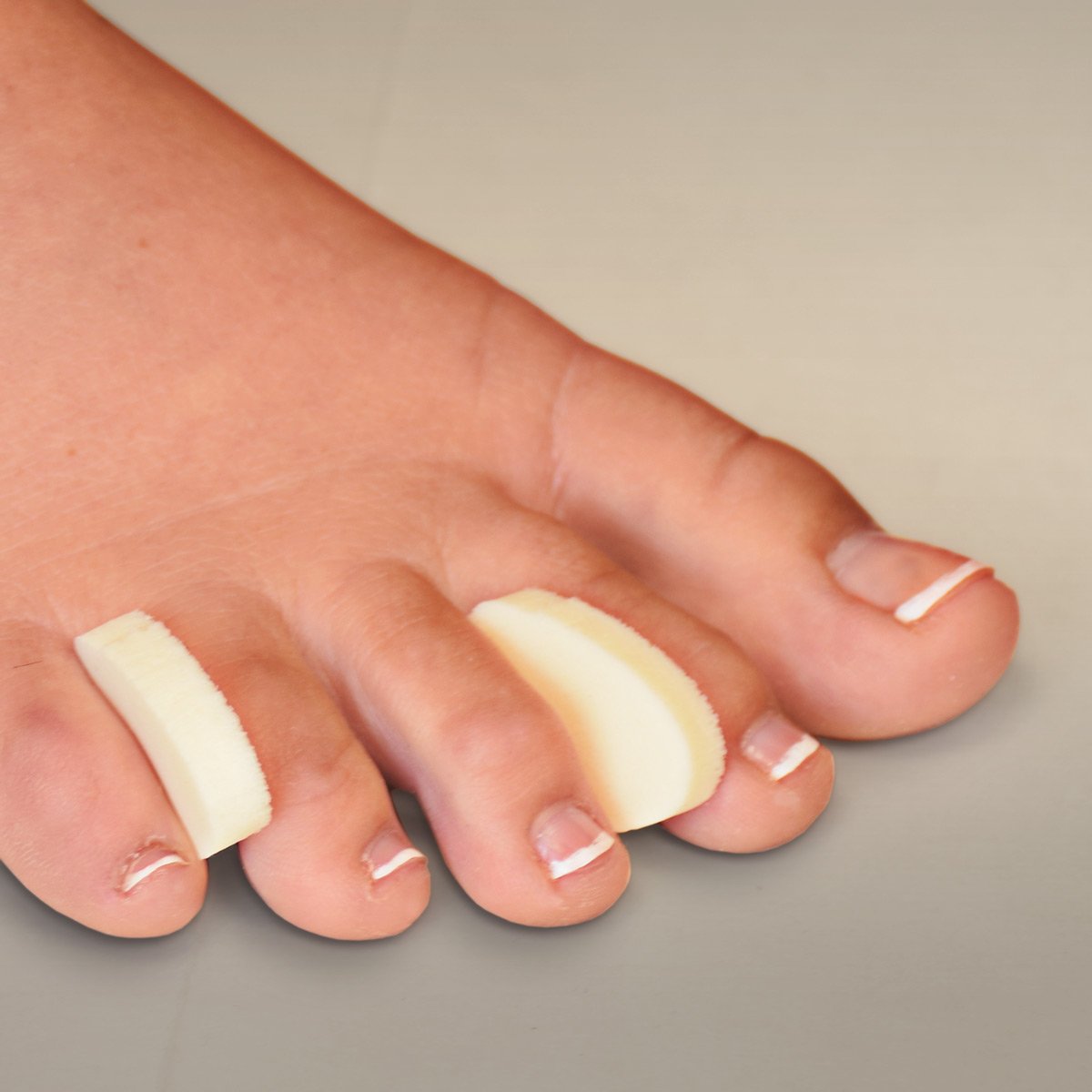
However, the most important thing is to prevent the recurrence of calluses. To do this, experts recommend using special pads between the fingers to prevent friction and skin irritation in this area. You should also choose the right shoes that will not rub the skin between the toes.
Finally, never ignore calluses between your toes. If the callus does not go away after treatment, or if redness, swelling, or other signs of infection appear around the callus, contact your doctor immediately.
Choosing the right shoes
Choosing the right shoes is very important to prevent dry calluses between the toes. It should be comfortable and not too tight so as not to rub the skin. It is also important to pay attention to the material of the upper and sole of the shoe. It should be soft and breathable to avoid sweating and painful blisters.
Another factor to consider when choosing shoes is how they will be used in specific environments. If you are going to walk in shoes for long distances, then they should be comfortable and not cause discomfort. If you are going to play sports, then you need to choose sports shoes that will ensure a secure fit of the foot and will not cause injuries and chafing.
If you are going to play sports, then you need to choose sports shoes that will ensure a secure fit of the foot and will not cause injuries and chafing.
- Choose shoes that are soft and breathable
- When choosing sports shoes, pay attention to their stability and support of the foot
- Avoid shoes that cause discomfort and pressure on the foot
Use of special creams and ointments
Treatment dry corns between the toes requires the use of special creams and ointments that can eliminate dryness and soften rough skin. One of the most effective and safe remedies for the treatment of dry corns are urea-based creams. This substance helps to moisturize the skin and soften the calluses.
Also, for the treatment of dry corns on the Internet, you can find many recipes for traditional medicine and recommendations for the use of vegetable oils, such as castor or olive. However, before using any new remedy, you should consult your doctor or pharmacist.
- Apply the cream to clean and dry skin between the toes, avoiding healthy skin areas;
- After applying the cream, be sure to wash it off with warm water;
- Before the treatment of dry corns, it is possible to treat the skin between the toes with a keratolytic agent, but only after consulting a specialist.
The use of creams and ointments to treat dry calluses between the toes is an effective remedy for rough skin. However, for a more effective result, it is necessary to follow simple application rules, as well as consult a specialist before using any new product.
Callus prevention
If you want to avoid dry calluses between your toes, follow these guidelines:
- Wash and dry your feet regularly.
- Avoid wearing tight or unsuitable shoes.
- Wear socks made from natural materials that absorb moisture well.
- Use emollient creams and oils to keep the skin between your toes soft and hydrated.

- Trim nails and prevent them from cutting into the skin.
By following these guidelines, you can avoid the discomfort and pain that can result from dry calluses between your toes.
Alternative treatments for dry calluses between the toes
Natural oils and creams
Some people prefer to treat calluses with natural oils and creams. One of the most popular is coconut oil, which can soften the skin and reduce the risk of damage to the area. You can also use tea tree oil, which has antibacterial properties and can prevent infections.
There are also special creams for the treatment and prevention of corns. They typically contain urea and lactic acid to help soften the skin, as well as antiseptics to prevent infection.
Traditional medicine
In some cultures, traditional medicine is used to treat calluses. For example, aloe vera juice can be effective in softening the skin and reducing discomfort. Also, some people use folk remedies such as chamomile tinctures to reduce inflammation and soreness.
Avoid tight and uncomfortable shoes
The best way to prevent blisters is to avoid situations that can cause them. It is important to wear comfortable shoes that will not rub the skin between the toes. If you notice calluses between your toes, avoid wearing shoes with high heels or narrow toes. Stick to shoes with soft lining and enough room in the toe area.
When should I see a doctor?
Dry calluses between the toes, like any other problem with the feet, can cause illness and complications, especially if you do not pay attention to them in time. One of the main signs of the need to see a doctor is the presence of wounds, open sores, abscesses or deep cracks that do not heal for a long time and are accompanied by pain and discomfort.
If you have sores on your feet that don’t heal for more than two to three weeks, if the skin between your toes is too dry and creative, if you feel itchy and irritated, and if you notice lumps, blisters, blisters, or other types of rashes on your feet , you should immediately consult a doctor.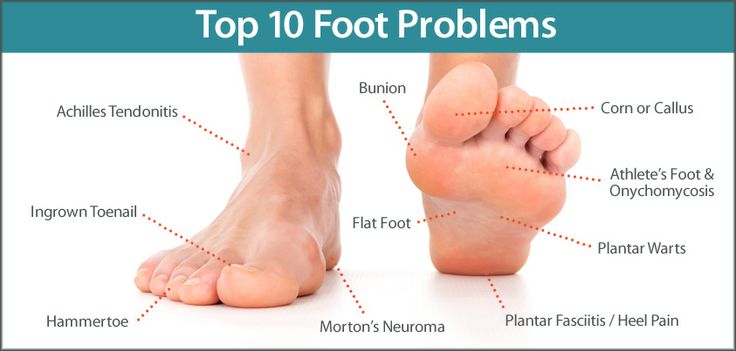
A doctor can identify and treat the cause of dry corns—a fungus, infection, or overexertion—and prescribe appropriate treatment—medications, ointments, gels, and sometimes surgery.
- You need to see a doctor if:
- calluses are accompanied by pain and discomfort
- there are wounds, open sores, ulcers or deep cracks on the skin between the fingers
- very dry skin and itching subsides for a long time feet, blisters , blisters and other types of rashes
Prevention of dry corns
Choose the right shoes
One of the main causes of dry corns is wearing uncomfortable and tight shoes. When buying shoes, you should pay attention to its size and insole so that it fits your foot. In addition, shoes should be made of quality materials and have breathable soles.
Keep your feet hygienic
Keep your feet clean and dry by removing dead skin regularly. After bathing or showering, dry your feet thoroughly, especially between the toes, and apply moisturizer to keep your skin soft and smooth.
Wear protective gear
If you are exercising or exercising, use special pads or socks to reduce stress on your feet. You can also use sprays or creams to prevent friction between your feet.
Seek medical attention in a timely manner
When the first signs of dry calluses appear – burns, burning and pain – you should consult a specialist. The doctor will be able to determine the source of the problem and prescribe the appropriate treatment.
Q&A:
Why are dry calluses between toes dangerous?
Dry calluses between the toes can cause discomfort and pain when walking. They can also become painful portals for bacteria and infections.
What are the treatments for dry calluses between the toes?
There are many ways to treat dry calluses between the toes. These include the use of pedicure tools, ointments and creams that can help whiten and soften calluses, and special shoe pads that help relieve pressure on calluses.

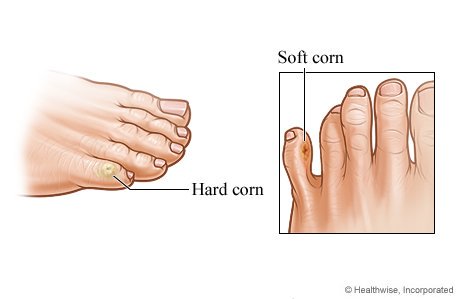 A callus may form a central core or
A callus may form a central core or
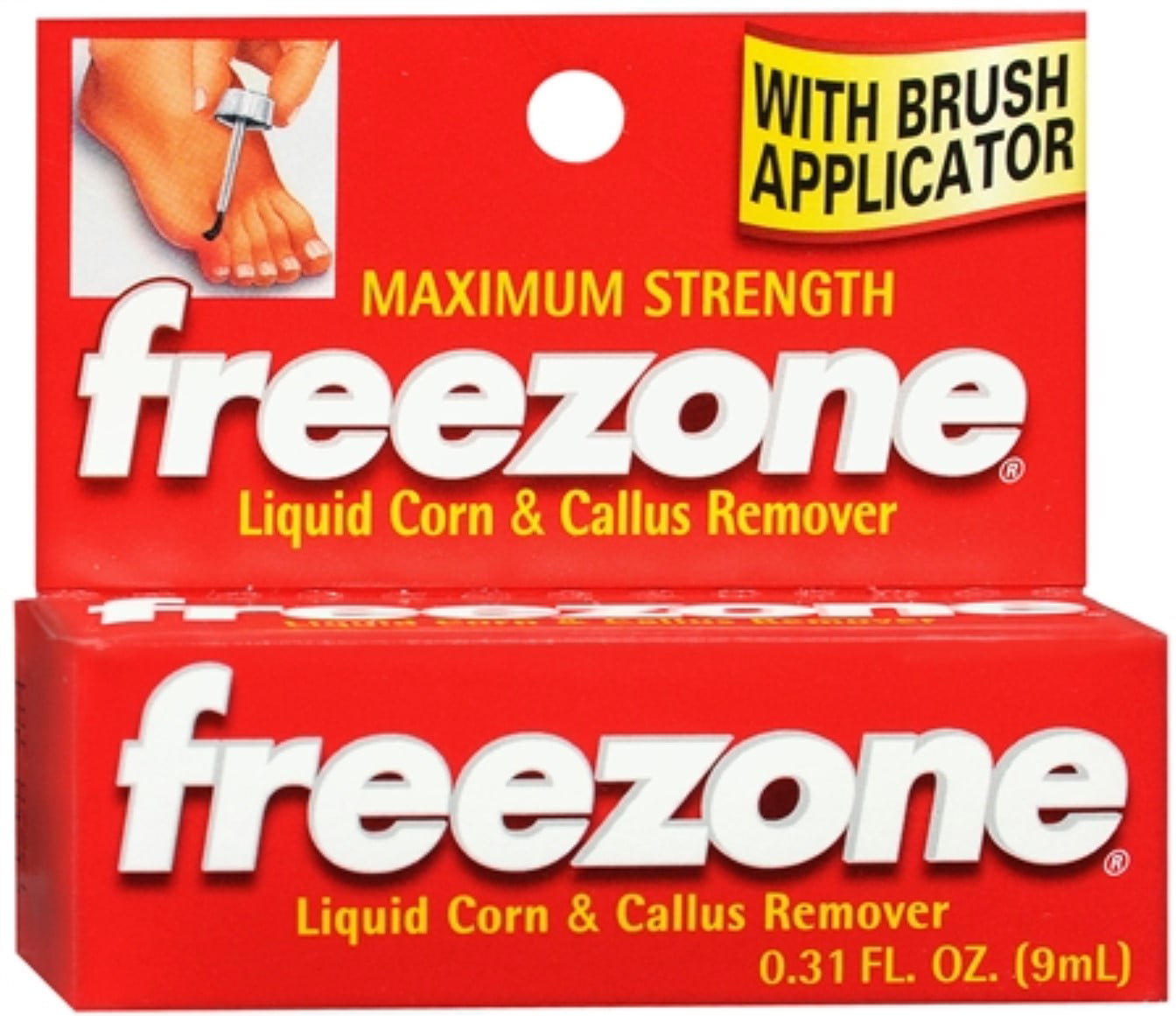 This will help prevent your toes from rubbing against the top of the
This will help prevent your toes from rubbing against the top of the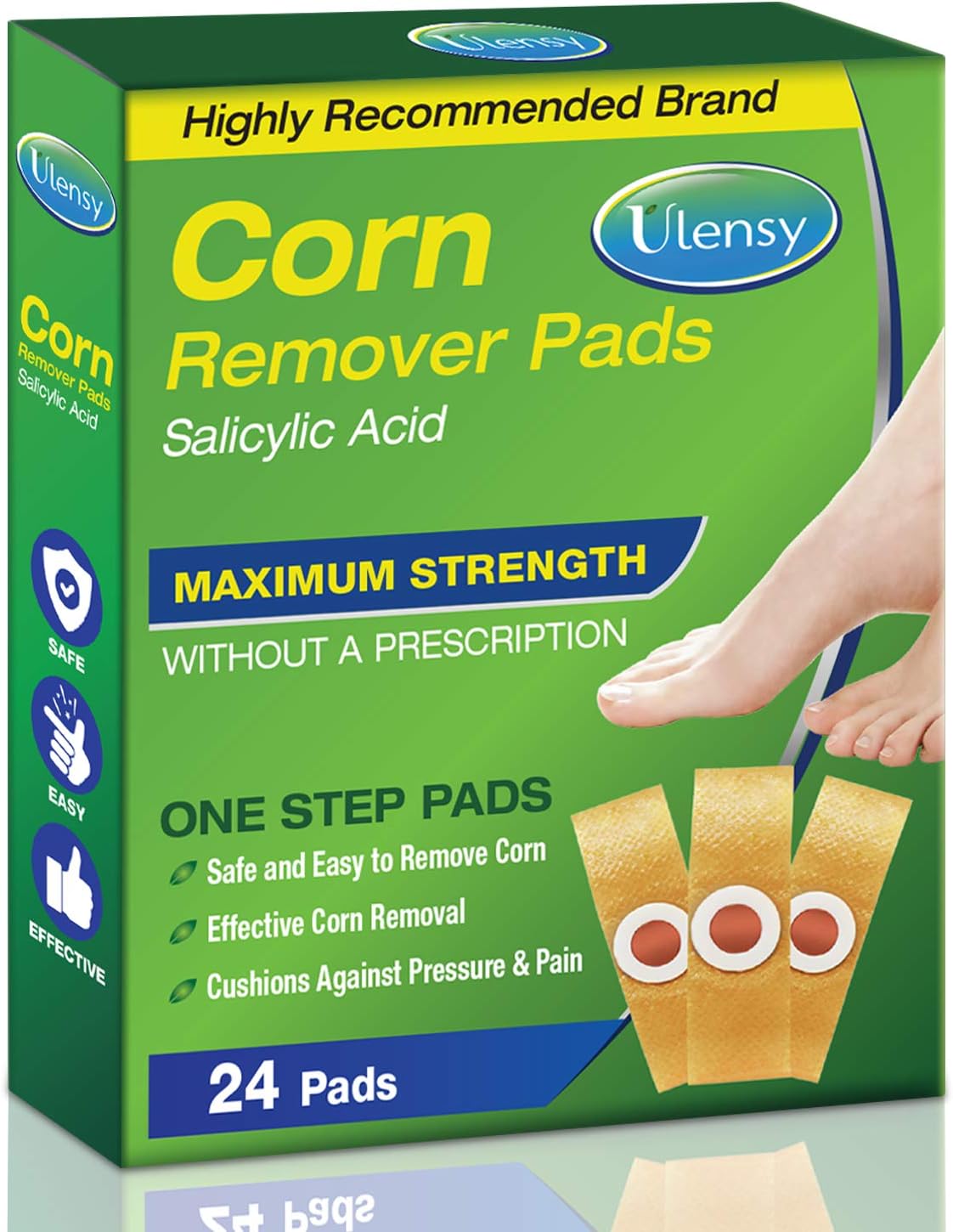 In most cases, surgery to improve foot bone position is
In most cases, surgery to improve foot bone position is
 Also write down any new instructions your
Also write down any new instructions your



 To do this, in addition to the extract, pour about 0.5-1 kg of sea or table salt into the water. Keep your feet in it for 15-20 minutes, then grease your feet with a fat cream.
To do this, in addition to the extract, pour about 0.5-1 kg of sea or table salt into the water. Keep your feet in it for 15-20 minutes, then grease your feet with a fat cream.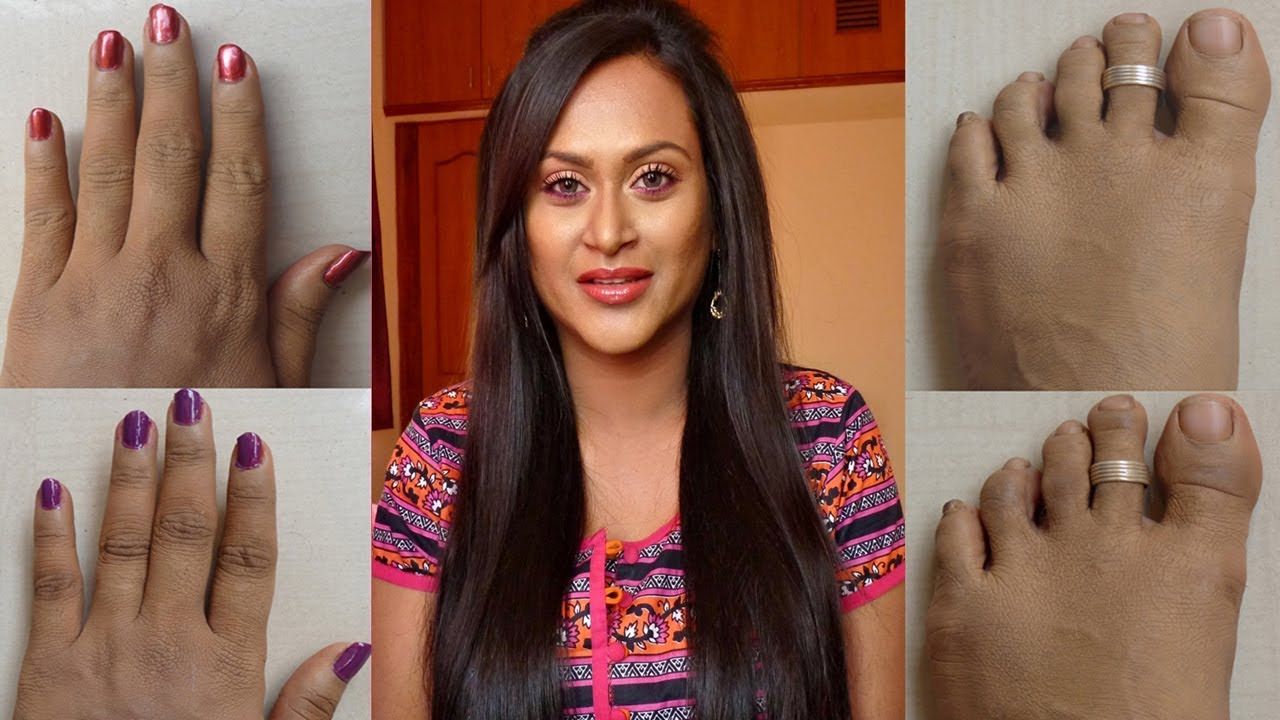 1.1 How to get rid of calluses between fingers?
1.1 How to get rid of calluses between fingers? 13.0.4 How long does it take to treat dry calluses between the toes?
13.0.4 How long does it take to treat dry calluses between the toes?